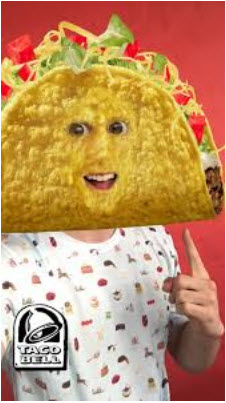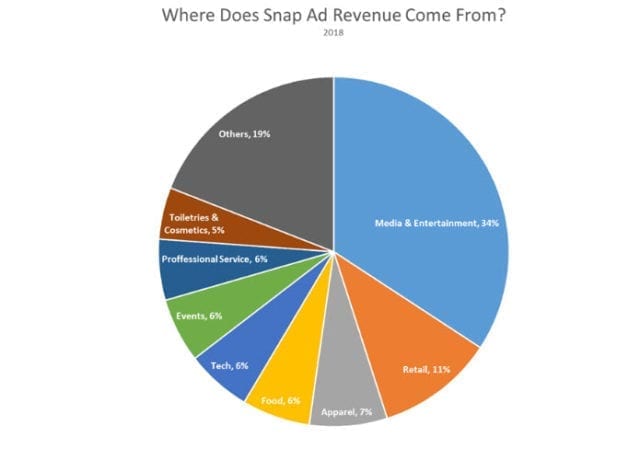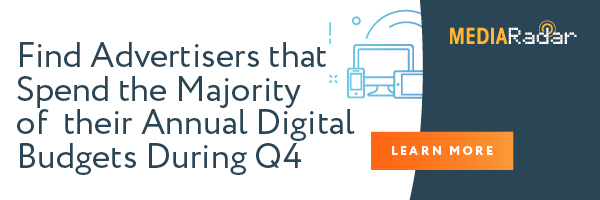In recent years, the media mix has shifted. Publishers, even previously successful ones, could end up with a negative ROI (return on investment) or become overwhelmed by their competitors – that is, unless they found even more novel and engaging ways to reach their audiences or figured out the latest ad buying fluctuations and trends.
One of those upward trends became mobile, an effective way for publishers and brands to advertise to their consumers.
Top 5 Mobile Advertisers
Below are the advertisers, who invested the most money in mobile advertising.
o Carnival
o Comcast
o Amazon
o HP
Top 3 Mobile Product Categories
Here are different product categories, and the top three brands within each division, that spent the most on mobile ads.
o Tech (In order: Samsung Group, Intel, and then Nintendo)
o Retail (In order: Amazon, Bed Bath & Beyond, and then Walmart)
o Finance (In order: State Farm Mutual Automobile Insurance, Wells Fargo, and then Capital One Financial)
The product category that increased the most year over year (YoY) was cigarettes and tobacco (See: JUUL and eCigs) while the product category that decreased spend the most YoY was toiletries and cosmetics (See: Estee Lauder and Edgewell Personal Care).
From the first half (1H) of 2017 to the first half of 2018, mobile advertising increased 42%, noted an IAB Internet Ad Revenue report conducted by PwC. By 2021, mobile video is expected to reach approximately $16.2 billion.
Snapchat capitalized on this expanding market.
The mobile messaging and social media app began deploying mobile ads in 2014. Its growth slowed in March 2017 after going public. Fortunately, however, Snapchat regained steam, as proven by its Q4 report, published towards the beginning of fall 2017.
Recognizing the key benefits of Snapchat, major brands started jumping on the many different customized and high-CPM ads formats, videos, and sponsored lenses offered by the app.
What are Snapchat‘s Sponsored Lenses?
For starters, a sponsored lens is a filter. Users of the app can apply one to any of their previously-taken photos and videos.
There are many different types of lenses. Some act as a frame for still-shots, some are incorporated into interactive clips, and some, including the “World Lenses,” are just added to users’ current environment.
Advertisers have a lot of say when it comes to creating their long Snapchat campaigns. They can get additional lenses within their filter for photos with multiple people, lenses for the rear and/or front cameras, and even switch out one lens for another during their campaign.
Sponsored lenses not only allow advertisers a great deal of creative freedom and say, but they also help them engage more with their consumers. The Cinco de Mayo snapchat lens from Taco Bell, for example, received approximately 224 million views, according to an article by Adweek. At the time, it quickly became the top campaign in the app’s history.

5% of all companies advertising on Snapchat in 2018 ran a sponsored lens. Food is the product category that’s most likely to run this type of filter. Only categories with at least 10 advertisers were even considered, however.
Snapchat‘s Ad Revenue Comes From …

Top Five Snapchat Advertisers
Here are the advertisers, who invested the most money in advertising on Snapchat.
o Comcast
o Mars
o AT&T
o Adidas
o P&G
Top 3 Snapchat Product Categories
Below are different product categories, and the top three brands within those divisions, that spent the most on Snapchat ads.
o Media and Entertainment (In order: The Walt Disney Company, Hearst, and then Spotify)
o Retail (In order: Exxon Mobil, Apple, and then McDonald’s)
o Apparel and Accessories (In order: Nike, American Eagle Outfitters, and then Macy’s)




